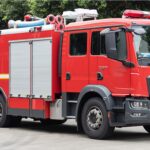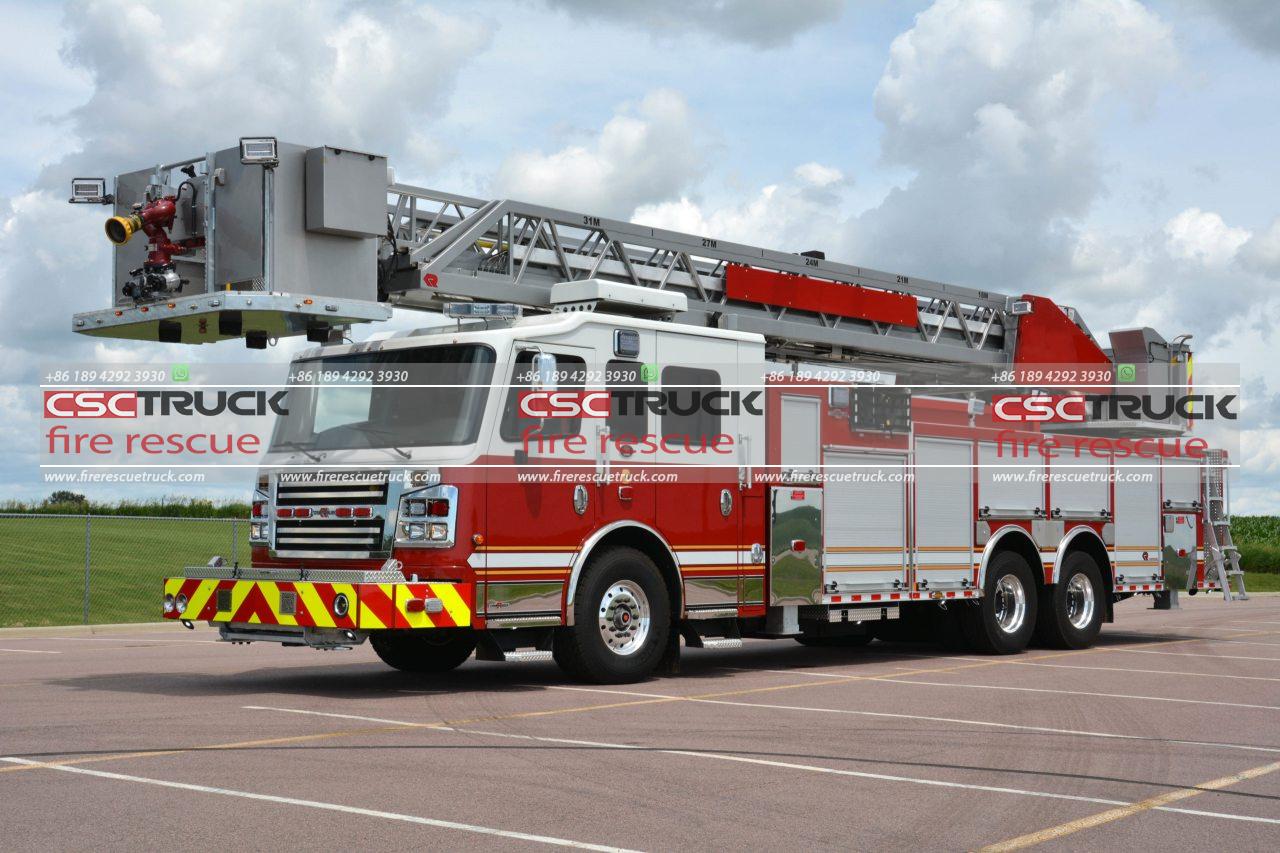Do UK Fire Engines Carry Water?
In the United Kingdom, fire engines are essential emergency vehicles used by fire and rescue services to respond to fires, accidents, medical emergencies, and various incidents requiring specialized equipment and expertise. One of the fundamental aspects often questioned by the general public is whether these fire engines carry water, and if so, how much. In this article, we’ll explore the capabilities of UK fire engines in terms of water storage, the equipment they carry, and how they operate during different emergencies.
Understanding the Purpose of a Fire Engine
Fire engines, sometimes called fire trucks, serve as multi-purpose vehicles. Their design and equipment help firefighters perform a wide range of rescue and emergency response activities. These vehicles are more than just tools for dousing fires; they are also equipped to handle road traffic collisions, hazardous material spills, medical emergencies, and technical rescues, including water rescues and rescues from high-rise buildings. Therefore, understanding the capabilities of UK fire engines, including their water-carrying capacity, is vital to comprehending how they aid firefighters in efficiently responding to emergencies.
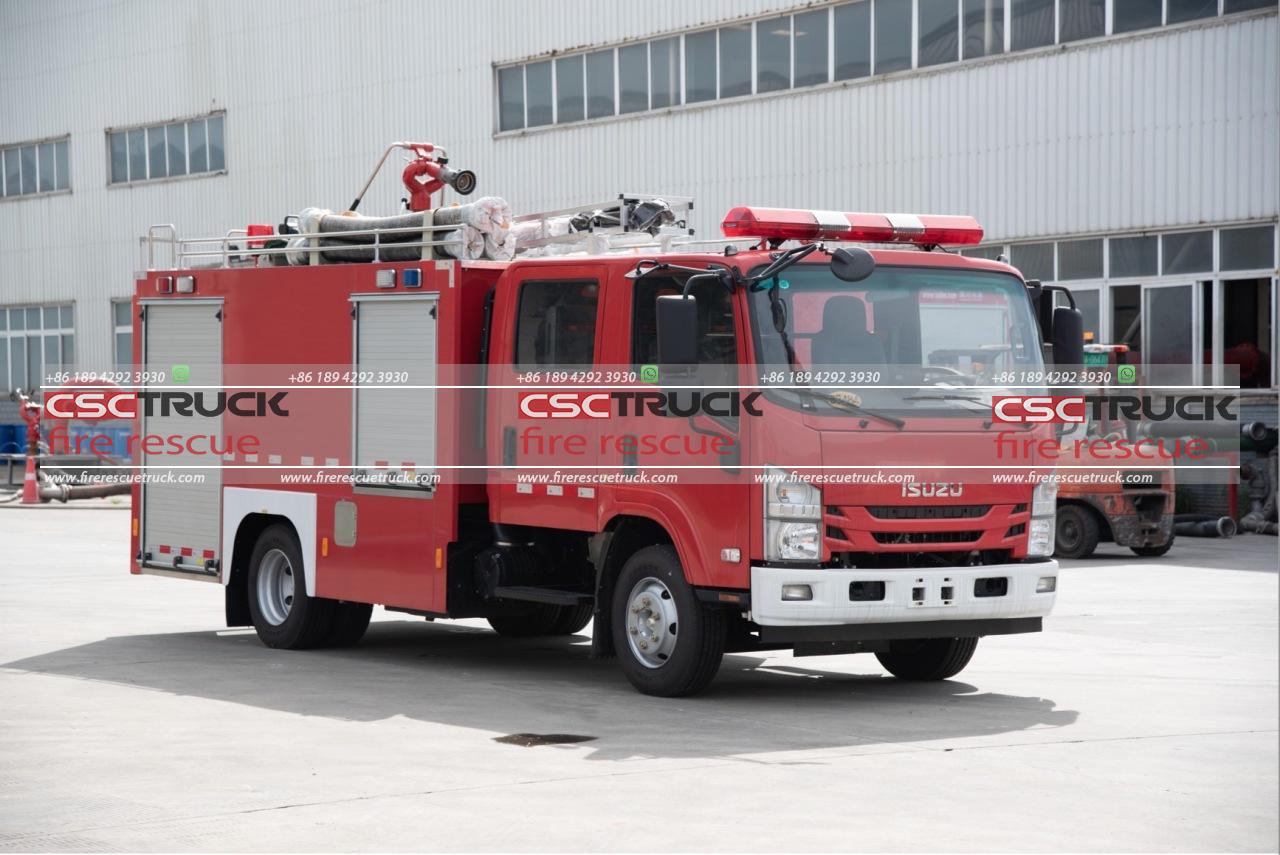
Do UK Fire Engines Carry Water?
Yes, most UK fire engines carry water, but the amount varies depending on the type and purpose of the vehicle. Typical fire engines, also known as “pump appliances” or “pumping appliances,” are equipped with water tanks designed to hold a limited amount of water. This water is primarily used as an initial supply when firefighters arrive at the scene of a fire. The onboard water capacity enables the fire crew to start firefighting efforts immediately while they assess the situation and potentially connect to external water sources such as hydrants, lakes, or nearby water bodies.
Typical Water Capacity in UK Fire Engines
Most standard UK fire engines have an onboard water tank capacity ranging between 1,200 to 1,800 liters (about 264 to 396 gallons). This quantity of water provides the firefighters with an initial supply that can be deployed for a few minutes, especially in cases where time is of the essence, such as residential or vehicle fires. However, the tank’s limited capacity means that it is insufficient for prolonged firefighting efforts.
In situations where large quantities of water are needed, fire crews connect the fire engine’s hoses to additional water sources like hydrants or portable tanks that can be set up nearby. The limited onboard water capacity reflects a balance between providing an initial firefighting supply and maintaining the maneuverability and speed of the fire engine. Carrying larger water tanks would make the vehicles heavier, less fuel-efficient, and slower to respond, especially in urban areas where speed and agility are paramount.
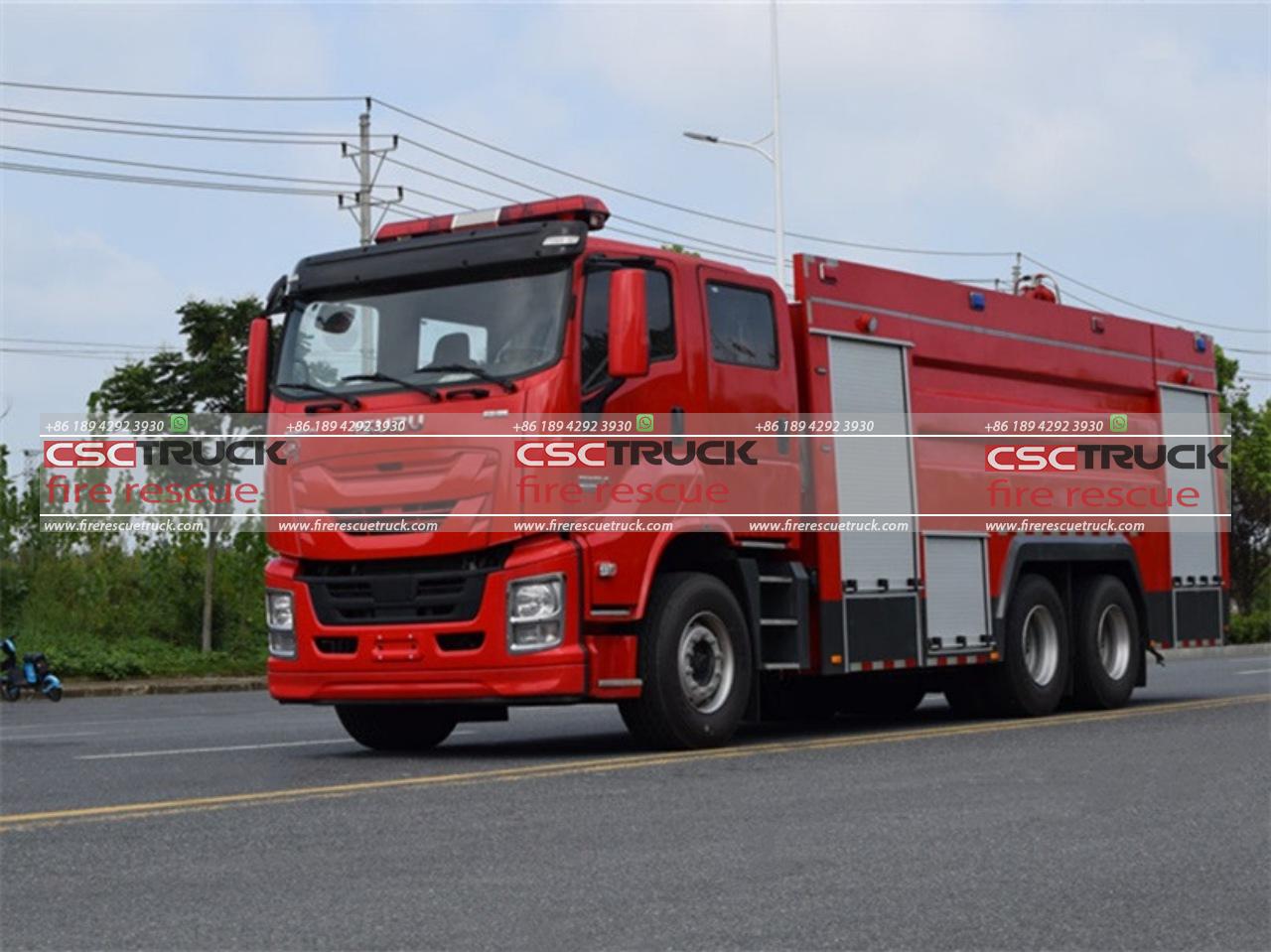
Specialized Fire Engines with Larger Water Capacity
Although standard fire engines have water tanks with limited capacity, certain specialized fire engines, like water carriers, are designed to carry larger quantities of water. These vehicles can transport between 9,000 and 11,000 liters (1,980 to 2,420 gallons) of water, enabling them to provide sustained water support for firefighting operations in rural areas or locations where water supplies may be limited or inaccessible.
In rural areas, access to water sources such as hydrants is often restricted. Therefore, fire departments deploy these larger water carriers alongside standard fire engines to supply continuous water for firefighting operations. By establishing a relay or a shuttle system between water carriers and standard fire engines, firefighters can maintain a steady water supply at the scene.
Equipment and Features Supporting Water Operations
UK fire engines are equipped with various tools and features to optimize their water delivery capabilities. Besides onboard water tanks, they carry high-performance pumps that can generate substantial water pressure, enabling firefighters to project water over distances. The pumps in standard fire engines can generally deliver between 2,000 and 3,000 liters (about 528 to 792 gallons) of water per minute, depending on the situation and the equipment used.
Fire engines are also equipped with hoses, nozzles, and monitors (fixed water nozzles) for controlling the water’s direction, pressure, and flow rate. Firefighters can use these to adjust the water output to suit different fire types, as fires in residential buildings, chemical plants, or forests each require unique approaches. Furthermore, the presence of foam systems in many fire engines allows the addition of foam concentrate to the water. This is particularly useful for fires involving flammable liquids, as the foam helps suppress flames more effectively than water alone.
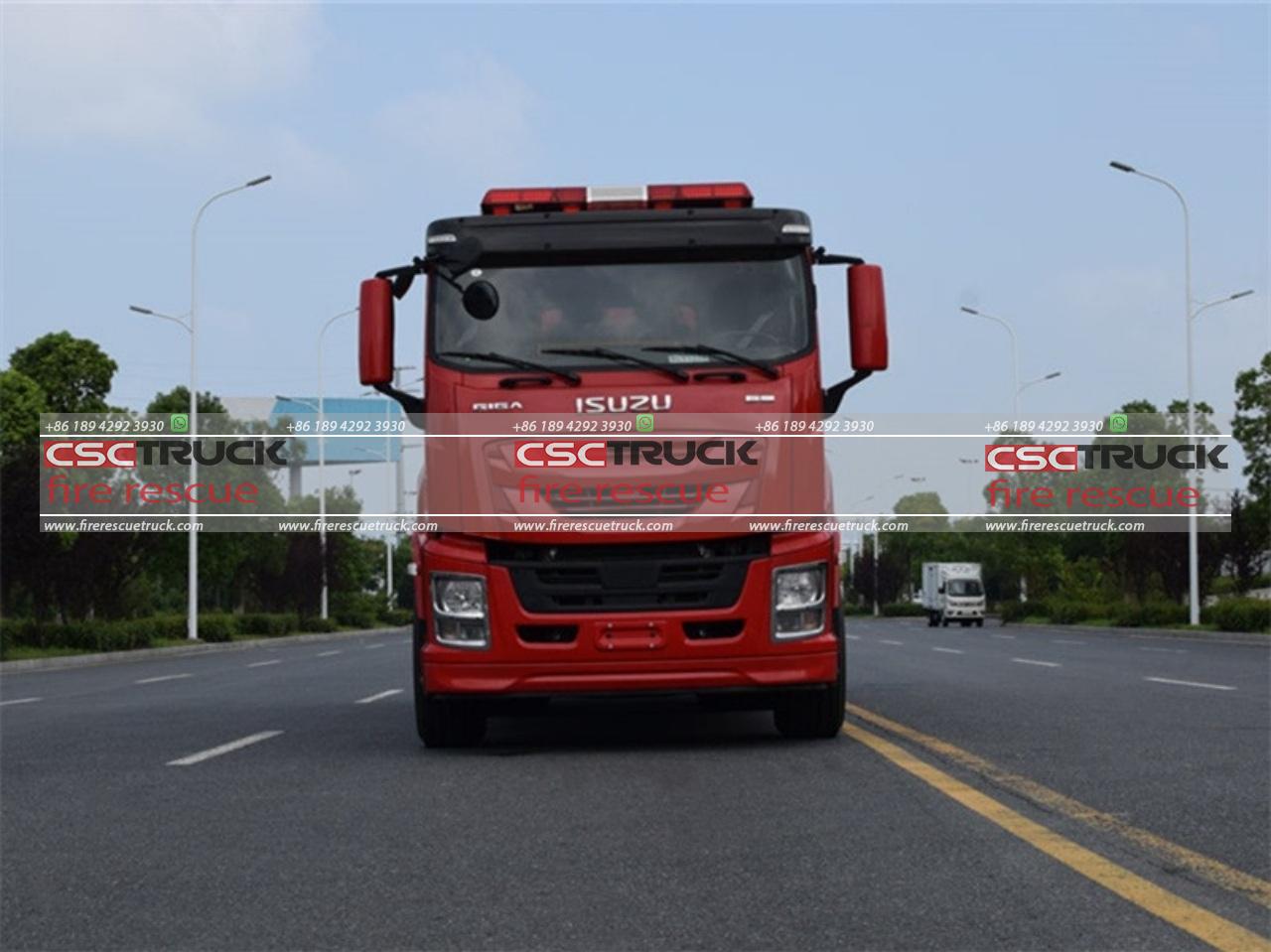
Alternative Water Sources and Hydrant Use
When firefighters exhaust the water in the onboard tank, they turn to alternative sources, the most common of which are fire hydrants. Fire hydrants are strategically placed throughout cities, towns, and villages across the UK, providing an extensive network of water points for emergency use. Fire engines can connect directly to these hydrants to access large and continuous water supplies, essential for fighting large or prolonged fires.
In rural or remote areas where fire hydrants may not be available, firefighters rely on other water sources, such as rivers, lakes, ponds, and even swimming pools if necessary. Portable pumps and hoses allow the crew to extract water from these sources, which is then directed into the fire engine’s pump system for delivery to the fire. In some cases, portable water tanks, also known as “dams,” are set up close to the fire scene, allowing water carriers to shuttle water back and forth, ensuring a steady supply.
Balancing Water Needs with Other Resources
While water is a primary component in firefighting, the versatility of UK fire engines means that they carry an array of other tools to address various emergencies. Standard fire engines are typically equipped with breathing apparatus sets, thermal imaging cameras, rescue ladders, hydraulic rescue tools (such as “Jaws of Life”), and medical kits. The need to carry a variety of tools sometimes limits the available space for larger water tanks, especially in urban areas where firefighting requirements are varied and unpredictable.
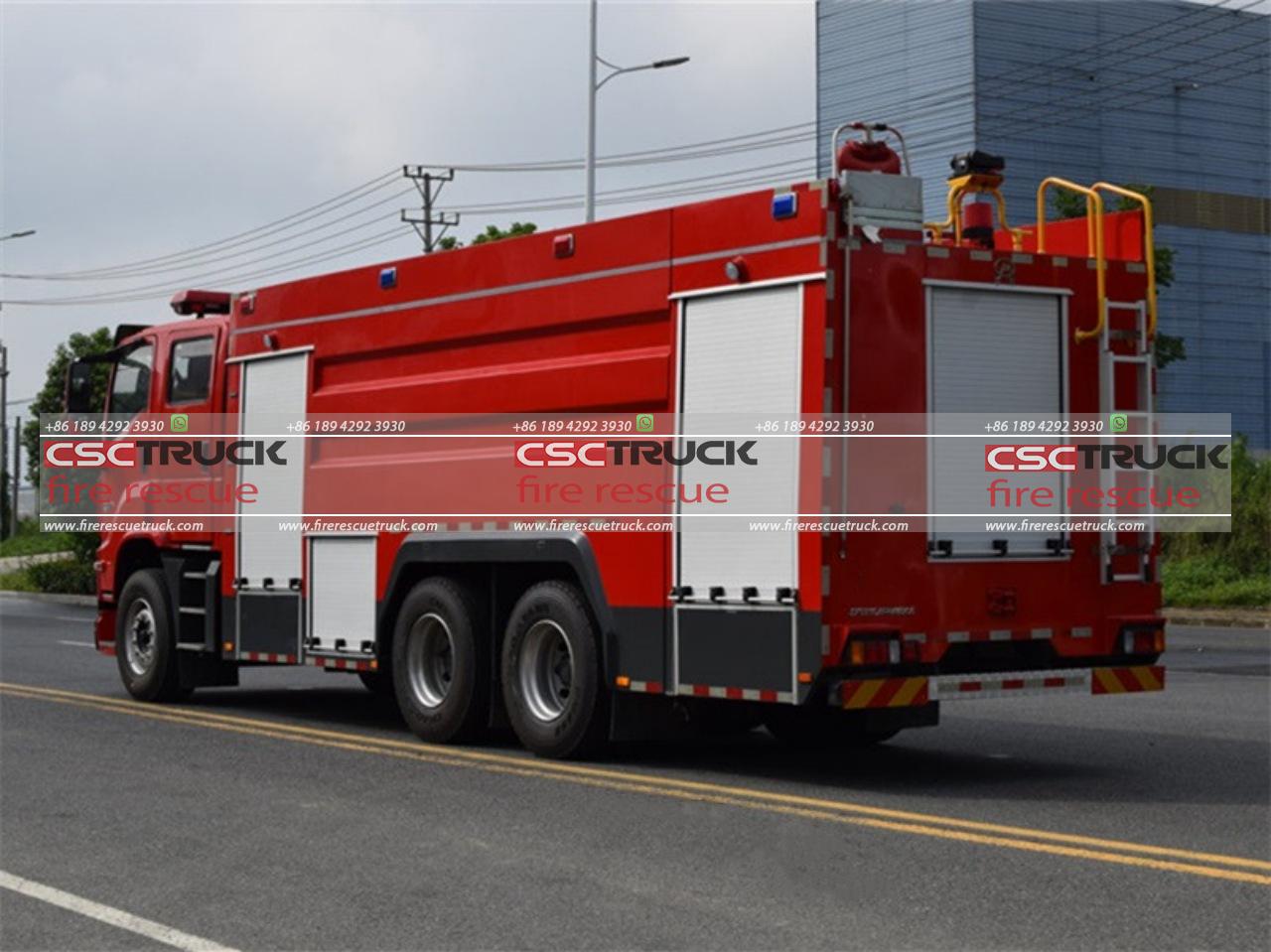
Technological Advancements in Firefighting Equipment
Technological advancements are continually influencing how fire engines operate and the amount of water they can carry. The development of improved firefighting foams, misting systems, and high-efficiency water nozzles means that firefighters can use water more effectively, often requiring less for the same impact. For example, water mist systems, which release water in a fine spray, are effective in cooling and suffocating fires by displacing oxygen around the flames. These innovations help conserve water, reduce the weight of the vehicle, and improve firefighting efficiency.
Environmental Considerations
Environmental factors also impact water use in firefighting. Fire and rescue services are increasingly aware of the environmental implications of excessive water use, particularly in areas prone to drought or where water is a scarce resource. The use of firefighting foams and water mist systems helps reduce water consumption, lowering the environmental footprint of firefighting activities. Additionally, by minimizing water runoff, firefighters help protect the surrounding ecosystem from contamination by pollutants.
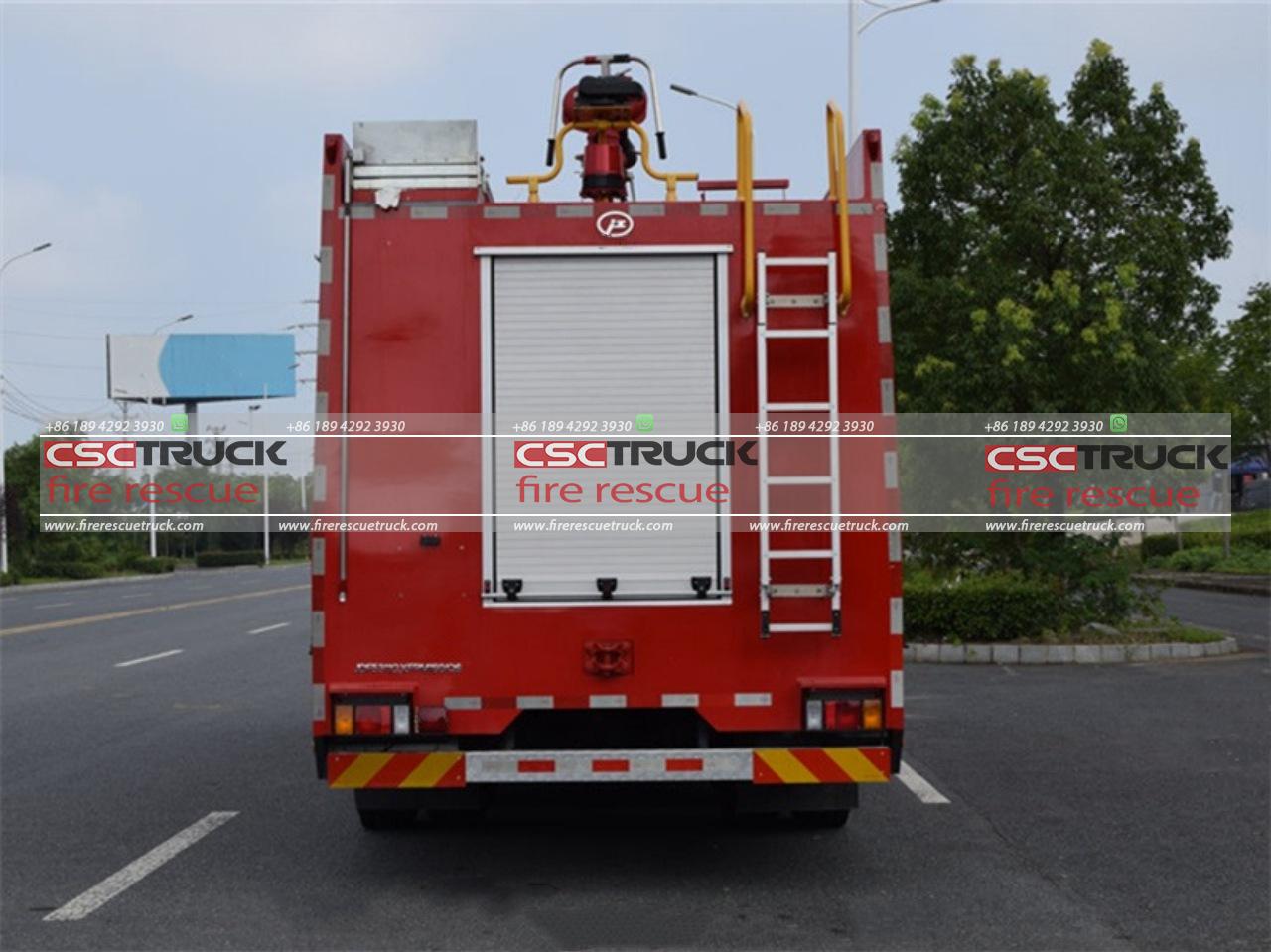
Conclusion: The Role of Water in UK Firefighting
In conclusion, UK fire engines are indeed equipped with water tanks, though the quantity varies based on the type and intended purpose of the vehicle. While standard fire engines carry a limited water supply for immediate firefighting, specialized vehicles like water carriers can transport much larger quantities to support extended operations, particularly in rural or remote areas. Firefighters also rely on alternative water sources and technology to make the best use of the water they have, ensuring effective and sustainable firefighting practices.
The role of water in firefighting remains critical, but with ongoing advancements in technology and equipment, firefighters are finding new ways to maximize efficiency, protect the environment, and improve their response capabilities. As fire and rescue services continue to adapt to modern challenges, the iconic UK fire engine will remain a powerful, adaptable, and essential tool for ensuring public safety and managing emergencies.



